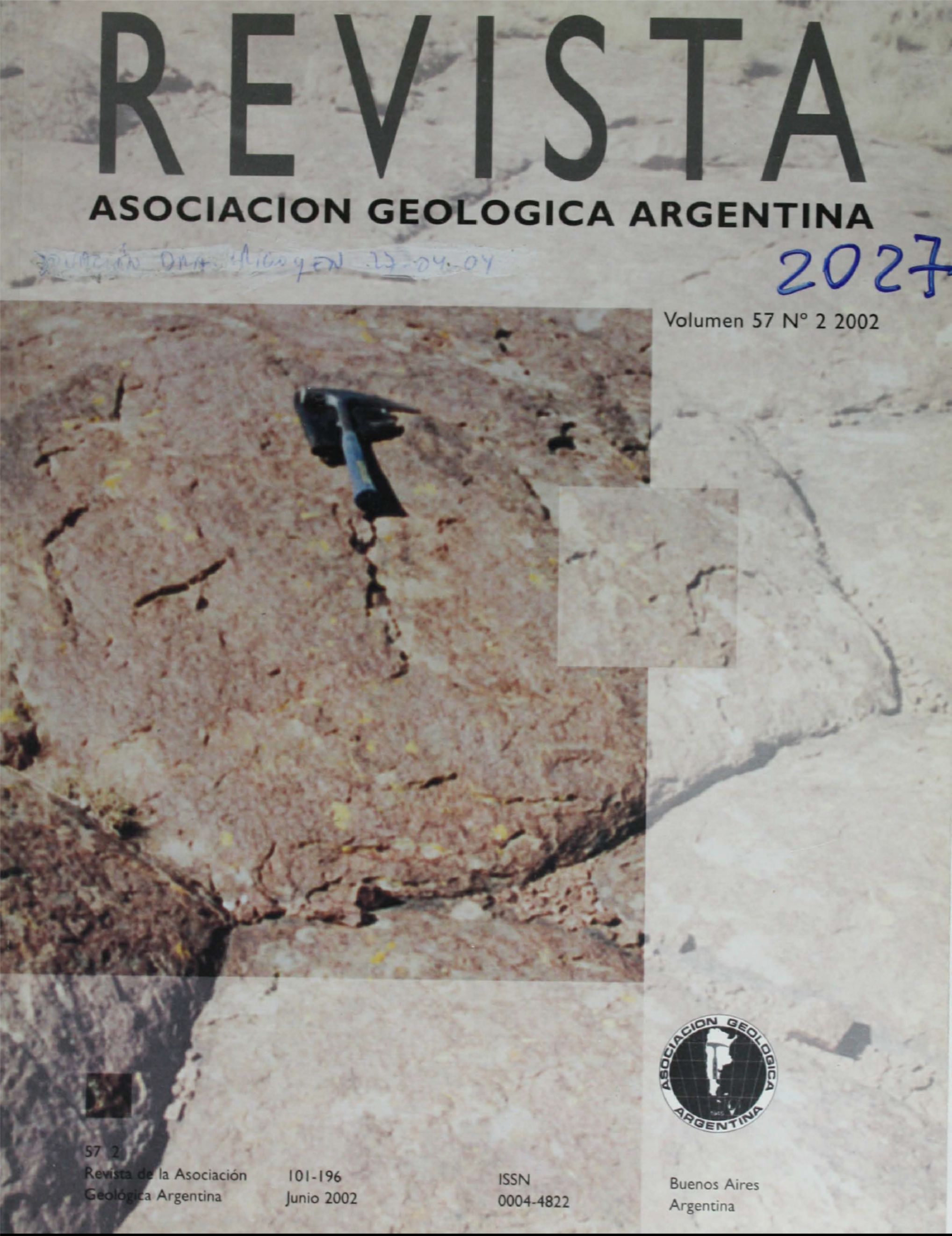Lower Ordovician plutonism in the northern part of Sierra de Macón, Salta province
Main Article Content
Abstract
In northern Sierra de Macón, in the western sector of the Puna, is a plutonic complex composed dominantly of granodiorites, which grade in composition to tonalites and granites. Toward the west and north of the range, mafic microgranular enclaves are common, as well as pseudo-dikes and pseudo-intrusive bodies of metavolcanic rocks, suggesting levels near to the roof of the magma chambers. K/Ar and Rb/Sr ages determined in the 1970´s gave an Upper Proterozoic age for the intrusion, whereas other authors considered it to be Ordovician, Silurian or Carboniferous, on the basis of regional correlations. In this study, an Ar/Ar hornblende age determined on one of the more primitive and fresh rocks, was 482.7 «7.8 Ma (Ordovician). On the basis of petrographical characteristics that indicate an epizonal location, this age is considered close to the age of the intrusion. The lithological association and geochemical data point to a volcanic calc-alkaline arc setting. Low-grade alteration (chloritic-sericitic) and structural deformation of the last crystallized minerals (potassic feldspar and quartz), present in all the studied samples, are interpreted as being associated with compressive stress related to the Ocloyic orogeny. These conclusions are at variance with the extensional anorogenic environment proposed by previous authors for the origin of these plutonic rocks.
Article Details

This work is licensed under a Creative Commons Attribution-NonCommercial 4.0 International License.
Nota de copyright
Los autores conservan los derechos de autor y garantizan a la revista el derecho de ser la primera publicación del trabajo licenciado según una licencia de atribución Creative Commons que permite a otros compartir el trabajo con el reconocimiento de la autoría y de la publicación en la que se publicó por primera vez.
Declaración de privacidad
Los nombres y direcciones de correo electrónico introducidos en esta revista se usarán exclusivamente para los fines declarados por esta revista y no estarán disponibles para ningún otro propósito u otra persona.

